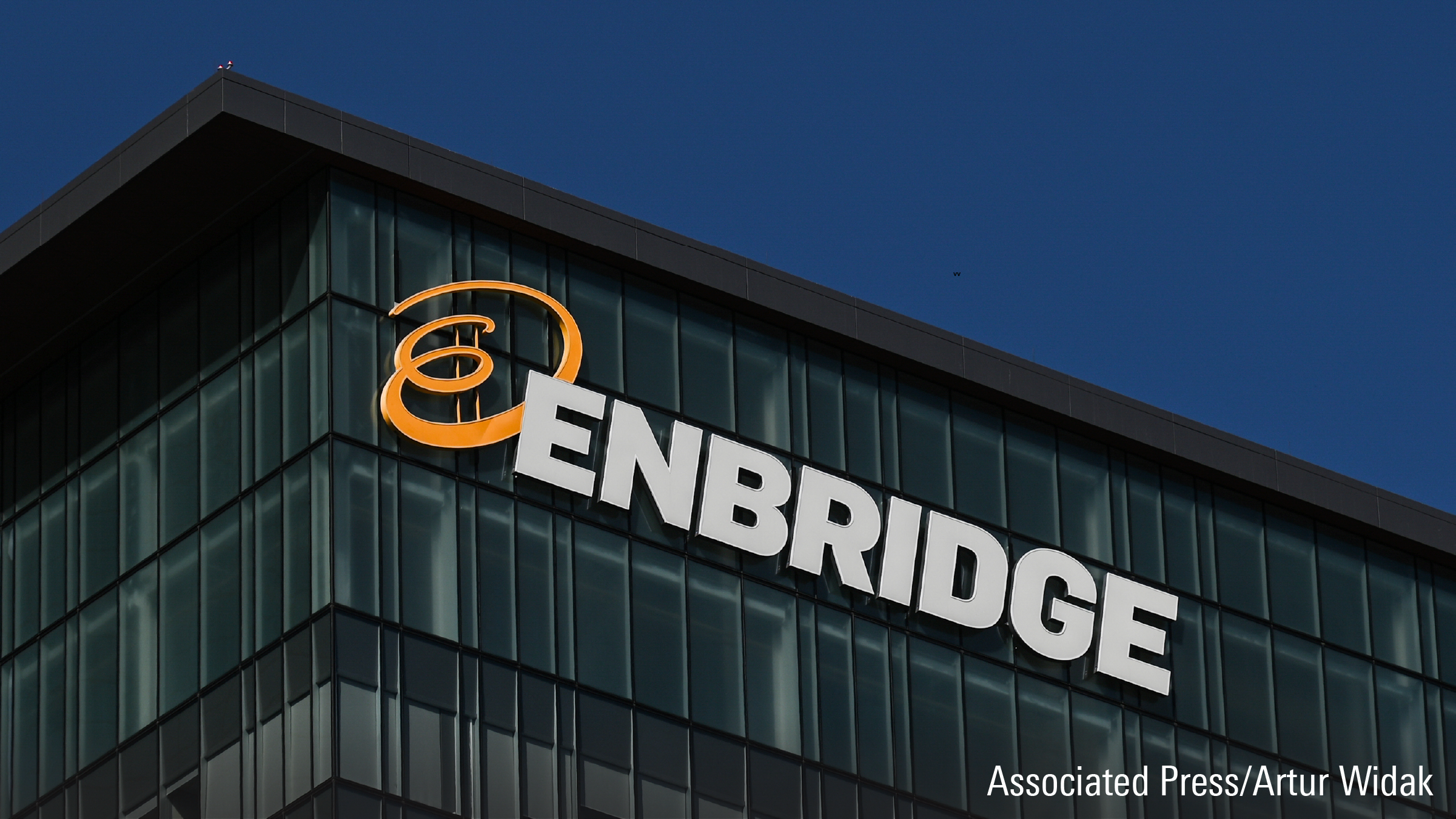The US$4.9-billion acquisition by Amaya Inc. AYA of Rational Group Ltd., the owner and operator of the popular PokerStars and FullTilt online poker platforms, has been a game-changer for the Montreal-based company. Completed on Aug. 1, the deal has transformed the relatively unknown Amaya into one of the world's largest publicly traded online-gambling companies. With the acquisition, Amaya now serves a global community and has a database of more than 85 million registered players. The deal escalates Amaya's revenue base nearly eightfold to more than $1 billion.
Since the announcement in June of the acquisition, Amaya shares have more than tripled, going from $10 before the announcement to recent highs of $38. The windfall gains have sparked controversy, with news that Quebec's Autorité des marchés financiers (AMF) is investigating trading activity in Amaya in connection with the takeover.
In a Dec. 11 release, Amaya said it's cooperating with the AMF and that the investigation has had no impact on Amaya's business operations, employees or companies. Nonetheless, investors reacted negatively to the news in subsequent trading sessions, bidding down the shares to $28.
There are other strong fundamentals that have helped propel Amaya's previously soaring stock price. One is an earnings surprise that occurred on Nov. 14, when the company reported its quarterly earnings for the period ended Sept. 30. Amaya's adjusted earnings per share (EPS) of 38 cents was more than triple the consensus estimate of 11 cents.
Estimate revisions for Amaya have also increased significantly. The three-month estimate revision for fiscal 2015 has increased 30%, with analysts' median earnings estimate going from $1.49 to $1.94 per share. The similar value for fiscal 2016 has also increased, from $2.40 to $2.75, up 15%.
Quarterly earnings momentum is another metric that is a significant determinant of Alpha-generation in stock selection, but warrants some caution in Amaya's case. This metric measures the rate of change of quarterly operating earnings per share. While the earnings momentum for Amaya is registering a whopping 163%, the latest quarter's results include two months of ownership of the Rational Group. Given the large share of revenue and earnings coming from the newly acquired business, Amaya's quarter-over-quarter earnings growth is unsustainable. This will persist until the third quarter of 2015, when we get a full year's contribution from the acquisition.
By looking solely at the financial statements of the Rational Group's parent -- Oldford Group Ltd., which is based in the Isle of Man -- we can get a better idea of Amaya's potential for acquisition-related earnings growth. For the half year ended June 30, 2014, Oldford Group's revenue increased from $545.9 million to $567.9 million, up 4% from the corresponding period a year earlier. Over the same time period, net income increased from $189.9 million to $218.2 million, up 15%. So the acquired assets are already churning out earnings, rather than requiring attention from Amaya to turn around an unprofitable business.
Opportunities for further growth are surely on the table as Amaya tries to capitalize on its global reach among poker players. Integration of additional products on the platforms is almost a certainty. In fact, Amaya recently announced that it will launch sports betting and casino table games globally on PokerStars.com. The integration of different product lines presents bettors with a convenient one-stop shop for all online gambling. Accessibility and convenience offered through mobile devices offers another source of future growth. Analysts currently project EPS growth of 116% between 2014 and 2015 and a further 42% between 2015 and 2016.
Expanding into new markets is another notable opportunity for Amaya. The company expects that more countries will regulate and tax online gaming to provide new sources of revenue. The United Kingdom, Italy, Spain, France and Belgium have already done so, with other countries in the process of following suit.
The biggest wild card is the highly lucrative U.S. market, where currently only three states -- New Jersey, Nevada and Delaware -- are testing online gaming platforms for use by each state's residents only. While this is a great opportunity for Amaya, it's not a sure thing.
With Amaya stock up more than 180% since the announcement of the acquisition on June 12, it's worth taking a look at its valuations. Currently the company trades at 14.4 times and 10.2 times expected EPS in 2015 and 2016, respectively. With earnings estimated to increase 116% between 2014 and 2015 and 42% between 2015 and 2016, the price-earnings to growth (PEG) ratio, which is used to determine a stock's value while taking the company's earnings growth into account, sits at attractive levels of 0.12 and 0.24, respectively. The lower the PEG ratio, the more Amaya may be undervalued, given its earnings performance.
Amaya stock should appeal highly to investors in growth and momentum-oriented stocks pending further news on the AMF investigation.
Investors interested in the sector and specifically the gambling industry can also look at Great Canadian Gaming Corp. GC. It's a more traditional bricks-and-mortar type of entertainment company, operating 13 casinos and four horse-racing gambling venues.
On its latest quarterly report filed Nov. 5, the company reported adjusted EPS of 30 cents that beat the consensus estimate of 22 cents. Three-month earnings estimates have also been revised upwards by 7% in the current year and 5.5% for 2015. The company's earnings momentum is 11.5%.
Much like Amaya, Great Canadian Gaming's shares have surged. The stock is up 40% in the year to date. The company trades at 20.4 and 18.8 times expected earnings in 2015 and 2016, respectively. With estimated earnings set to increase 7% between 2014 and 2015 and 8.4% between 2015 and 2016, the PEG ratio stands at 2.91 and 2.23, respectively. While the fundamental data for GC look solid, these PEG values suggest less upside potential than for Amaya. Nonetheless, it is also considered a Buy for growth and momentum-oriented investors.















